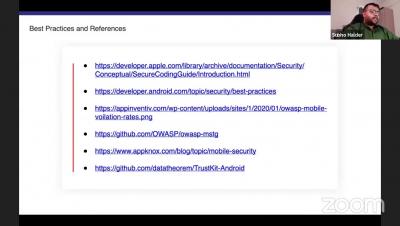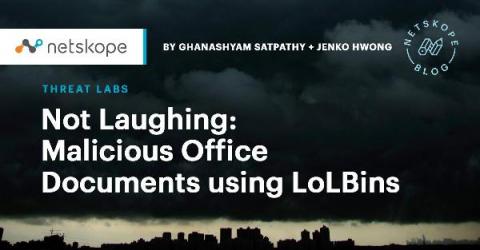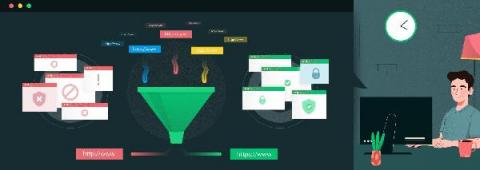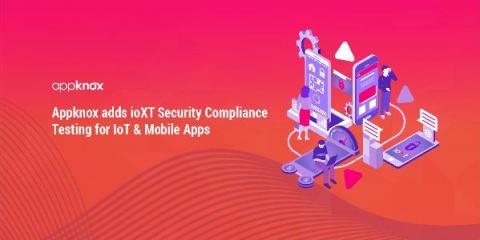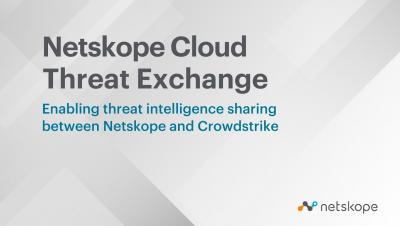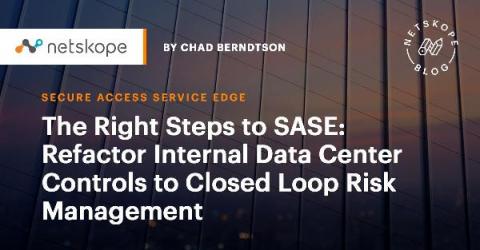Security | Threat Detection | Cyberattacks | DevSecOps | Compliance
Technology
Four Steps to Modernizing Government Cybersecurity with Zero Trust based on the Executive Order
The pandemic has accelerated digital transformation and telework on a scale never seen before. Employees are working from anywhere and collaboration in the cloud has skyrocketed. But this new environment has expanded the cyber attack surface, compromising critical U.S. infrastructure and lives of our citizens. The recent slew of major cyber attacks including SolarWinds, Microsoft Exchange and Colonial Pipeline, has moved cybersecurity improvements to the top of the agenda for the U.S.
AI everywhere: How AI is being applied in 4 different fields
Image Source: Pexels This blog was written by an independent guest blogger. Historically, the idea of artificial intelligence (AI) saturating our world has been met with suspicion. Indeed, it’s one of the more popular tropes of science fiction — learning machines gain sentience that helps them take over the planet.
Not Laughing: Malicious Office Documents using LoLBins
Attackers have long used phishing emails with malicious Microsoft Office documents, often hosted in popular cloud apps like Box and Amazon S3 to increase the chances of a successful lure. The techniques being used with Office documents are continuing to evolve. In August – September of 2020, we analyzed samples that used advanced techniques like: In January 2021, we examined samples that use obfuscation and embedded XSL scripts to download payloads.
Why companies need URL filtering for enhanced cloud protection
The cloud landscape is rife with unsafe URLs and inappropriate content. This—coupled with the accelerated adoption of cloud applications in the workplace—has created an urgent need to scrutinize and control the use of these online resources to prevent data theft, exposure, and loss. This blog elaborates on how a robust URL filtering solution can help manage what cloud services your employees use and how they interact with these services.
Appknox adds ioXt Security Compliance Testing for IoT & Mobile Apps
Appknox, a leading enterprise mobile application security solution provider has announced a partnership with ioXt, a global standard for IoT security and standardization of security, privacy, and compliance programs. With the alliance, Appknox will enforce the clients with a Security Pledge that focuses on the security of stakeholders, and devices in the IoT environment.
Securing DevOps : Security in the Cloud
How an open source software audit works
Open source software audits can identify undetected issues in your codebase. Learn how our audit services can help you understand the risks during an M&A. Most of our clients understand that an open source software audit differs from an automated scan. An audit involves expert consultants analyzing a proprietary codebase using a combination of Black Duck® commercial tools and tools we’ve developed and use internally.
Netskope CTE and CrowdStrike Demo
The Right Steps to SASE: Refactor Internal Data Center Controls to Closed Loop Risk Management
The following is an excerpt from Netskope’s recent book Designing a SASE Architecture for Dummies. This is the sixth in a series of seven posts detailing a set of incremental steps for implementing a well-functioning SASE architecture. Throughout this series, we repeat that the data center is just one more place people and data have to go—it’s no longer the center of attention.


